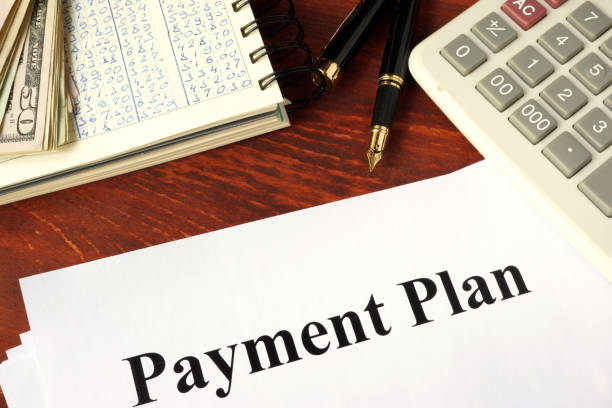Managing money effectively goes beyond crunching numbers; it’s deeply rooted in understanding the psychology of spending. By identifying triggers and adopting new habits, you can break the cycle of overspending and achieve financial stability. This guide explores practical ways to control spending and maximize savings for a brighter financial future.
Understanding the Triggers of Overspending
Spending habits are often influenced by emotional and psychological factors. Many people indulge in impulsive purchases to cope with stress, boredom, or even happiness. Identifying these emotional triggers is the first step toward regaining control of your finances.
Start by tracking your spending patterns. Tools like budgeting apps or simple spreadsheets can reveal where your money goes and help you spot impulsive tendencies. Once you recognize the triggers, you can work on strategies to mitigate them.
Breaking Bad Habits: Practical Steps
Breaking bad habits requires consistency and a clear plan. Here’s how to start:
- Set Financial Goals
Create specific, measurable, and realistic financial goals. Whether it’s saving for a vacation or paying off debt, having a purpose motivates you to cut unnecessary expenses. - Adopt the 30-Day Rule
Before making non-essential purchases, wait 30 days. This pause allows you to reconsider whether the purchase aligns with your goals or is a fleeting desire. - Switch to Cash Payments
Paying in cash can help curb overspending. Psychologically, parting with physical money feels more significant than swiping a card, making you more conscious of your spending. - Monitor Debt Management
If fines and debt recovery are stressing your finances, address them immediately. Hotlinked: Paying and Contesting Parking Fines. Efficient debt management can reduce financial strain and pave the way to saving more.
Maximizing Savings for Financial Freedom
Building a habit of saving requires discipline and small, consistent efforts. Consider these strategies to achieve maximum savings:
- Automate Savings
Set up automatic transfers to a savings account. This ensures a portion of your income is saved before you even see it, removing the temptation to spend it. - Use Budgeting Tools
Apps and financial tools make it easy to monitor your spending and savings. Allocate a portion of your income toward essential expenses, debt reduction, and savings. - Minimize Lifestyle InflationDiscover the psychology behind spending habits and learn practical strategies to break bad financial patterns, control impulsive purchases, and save more effectively. Transform your mindset and take control of your finances toda





